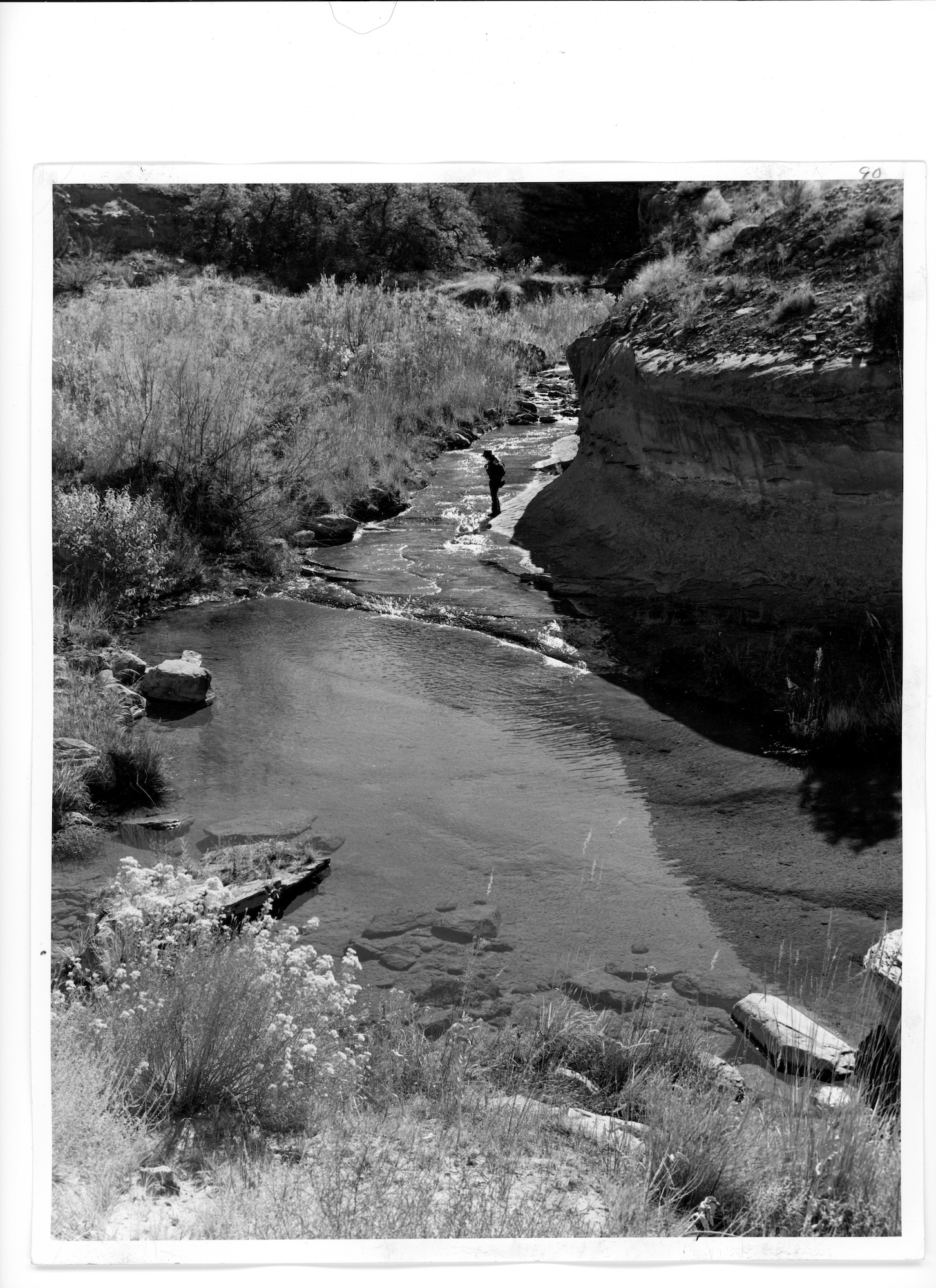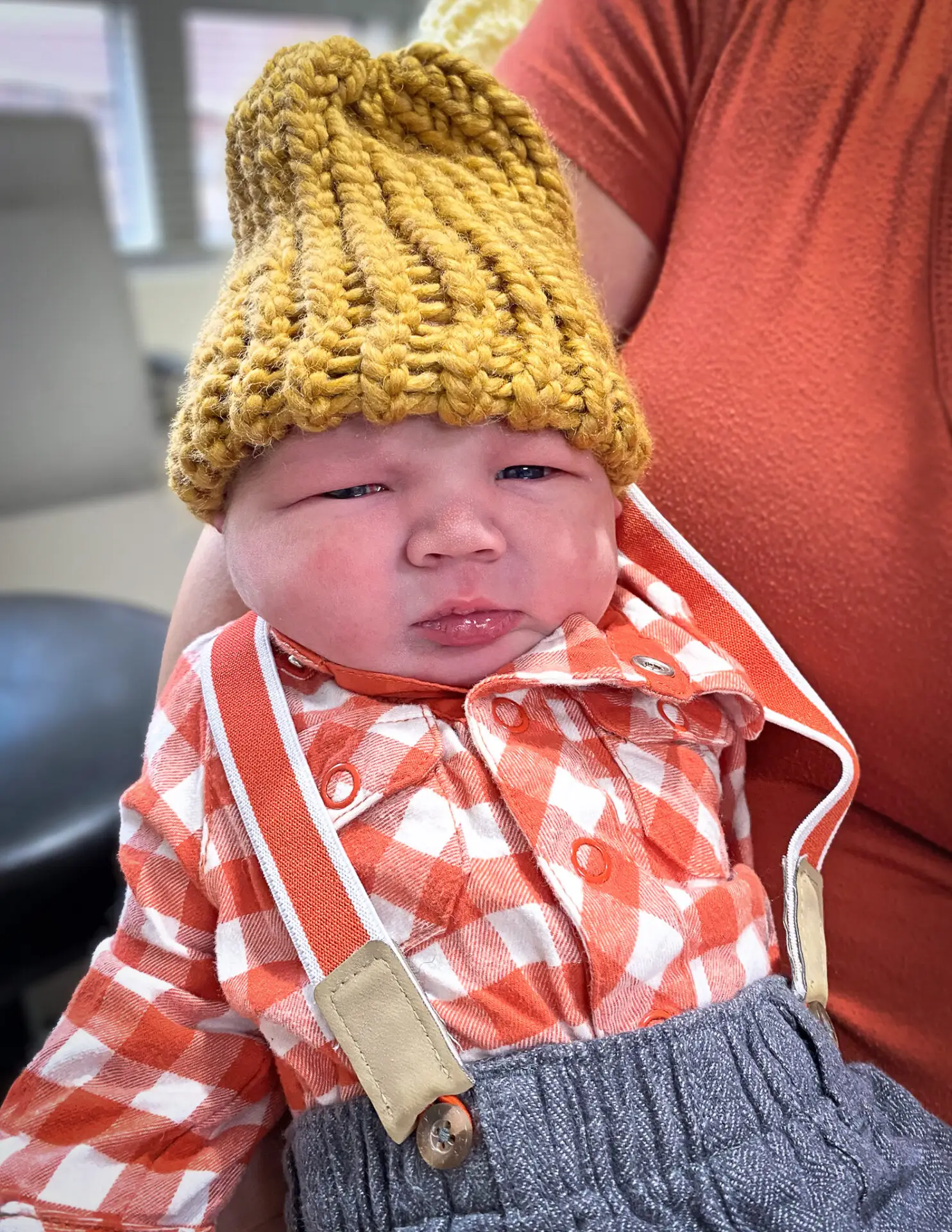The westward movement of late 1800s America encouraged the adventurous – and those with little else to lose – to pursue fame, fortune, or simply a fresh start in the West. One early settler of Moab, Black frontiersman William Grandstaff, was a part of this migration, settling briefly in the canyon near Moab that now bears his name. How did Grandstaff make his way here?
As explored in last week’s column, recent research efforts have determined that Grandstaff was likely born enslaved in Virginia. After escaping or being released from slavery in the 1850s, a variety of historical evidence shows the presence of a young Black man named William Grandstaff in Cincinnati, Ohio. There, Grandstaff got married, had two children, and volunteered in the military. He then likely moved to Omaha, Nebraska, prior to making his way westward to Utah.
A marriage record indicates that a William “Dranstaff” married Isabella Bond in 1857 in Hamilton County, Ohio. Records also list William Grandstaff as a member of Cincinnati’s Black Brigade during the 1860s. The Brigade was composed of local Black men who first organized to defend Cincinnati from an anticipated Confederate attack in 1862. The men of Cincinnati’s Black Brigade were the first recognized Black volunteers in the Union Army during the Civil War, and William Grandstaff was listed among the 44 men mustered into the brigade’s Company A.
William Grandstaff ceases to appear in Cincinnati records in the late 1860 and “Bell” Grandstaff is listed as a widow in city directories by 1868. What does one make of these records? According to Nick Sheedy, lead genealogist for PBS’s Finding Your Roots with Henry Louis Gates Jr., who provided generous research on William Grandstaff, it was not uncommon for women who had separated from their husbands to report that they were widows in order to avoid the stigma of abandonment or divorce. There are no death records for a William Grandstaff in Cincinnati within that timeframe, suggesting that William Grandstaff had found a new home.
So where did Grandstaff go next? A search of the 1870 U.S. Census found only one possible candidate who could be Moab’s William Grandstaff: a W. “Granstaaff” or “Gransdorff,” aged 30, was listed in Omaha, Nebraska, that year. This man was listed as Black, working as a house servant, and born in Missouri, a discrepancy with other birth records. In a March 2021 virtual program with the Moab Museum about Grandstaff, Sheedy noted that people who lived in hotels, as did the Omaha man, often did not self-report their statistics directly to a census enumerator, and so the information provided in this Census record may be less reliable. Despite the birthplace discrepancy, this man is the only viable candidate from the 1870 Census considered a candidate for being the William Grandstaff who showed up in Utah within the decade.
In many ways, William Grandstaff’s story is typical of the westward migration taking place in the United States during this time: many young men seeking a fresh start made their way westward from their birthplaces, eventually stopping or settling in places like Moab lured by mining or ranching opportunities. As a Black American who had been born enslaved, however, Grandstaff’s path is unique: and though many details may remain unknowable about his life, unraveling mysteries provides a richer look into the story of this early Moabite.
This is the second part of a four-part series highlighting genealogical research conducted about Moab settler and Black frontiersman William Grandstaff. The Moab Museum is dedicated to sharing stories of the natural and human history of the Moab area. To explore more of Moab’s stories and artifacts, find out about upcoming programs, and become a Member, visit www.moabmuseum.org.



